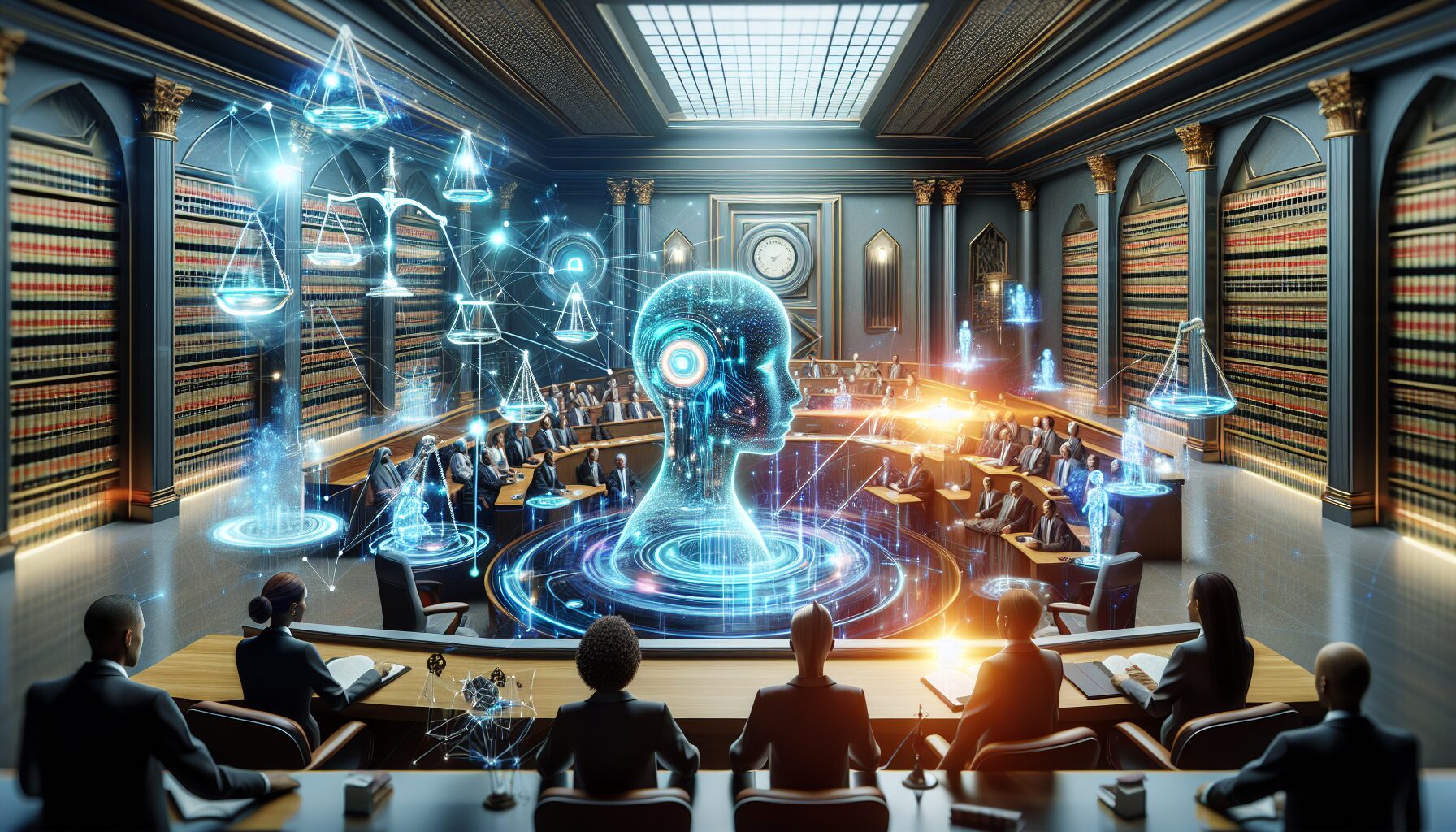Welcome to ‘AI for thought’, a series where our marketing team explores the intersection of artificial intelligence, technology, and the translation industry – all explained in a simple and digestible way.
Coming to the digital era
The digital age, for all its promises of connectivity and access, has long been structured around a linguistic hierarchy.
English, and a handful of other dominant languages, have commanded a disproportionate share of online content, creating a formidable “digital divide” that separates billions from critical information, education, and economic opportunities.
But all is soon to change: artificial intelligence (AI), particularly in the field of translation, is emerging as a powerful tool to dismantle this division. This article will break down how it does so – by delving into the equitable access of AI.
AI’s road to equity
AI’s ability to drive digital equity through translation is multifaceted, addressing challenges that traditional translation methods could not. These include:
- Opening access to tech development for companies: AI has democratised the process of creating translation technology. Previously, building a robust translation model for a new language required immense financial investment and a massive corpus of data. Modern AI models, however, can be trained on smaller, more agile, and diverse datasets. This lowers the barrier to entry, enabling smaller tech companies, non-profits, and academic institutions to develop and deploy translation tools for their local communities.
- Making ‘niche’ languages available: The business case for supporting low-resource or less-spoken languages was often non-existent for commercial translation services – and AI changes this equation. With technologies like transfer learning and multilingual models, linguists can now create highly functional language pairings that were once considered too niche to be viable. This means speakers of indigenous languages, regional dialects, or other languages with smaller user bases can finally access digital content in a way that respects their linguistic identity.
- Enhancing speed and lowering cost: The real game-changer lies in the speed and cost-effectiveness of AI translation. Real-time translation services for chat and video calls, automated transcription and subtitling for educational videos, and instant document translation for legal or medical information are all now possible at a scale and price point that traditional human translation could not match. This empowers governments, businesses and organisations to provide services and information to diverse populations without prohibitive costs.
The indispensables: human intervention
While AI offers these incredible benefits, to achieve the so-called ‘digital equity’ requires far more than a Large Language Model. And if they go unchecked and unregulated, AI can perpetuate the very biases it is meant to solve.
The path to digital equity can only be achieved when we recognise the importance of human intervention and regulation.
Firstly, AI translation models are trained on vast datasets of human-generated text. If this data is skewed towards a particular culture or gender, the AI’s output will reflect that bias, leading to mistranslations and AI hallucinations that can be culturally insensitive or even harmful. Human oversight is essential to correct these errors, ensuring that translations capture cultural nuances and are delivered with the right tone and context.
GAI Translate, in collaboration with Sheffield Hallam University, is currently conducting co-research on AI hallucination, data-labelling, and efficient human-in-the-loop infrastructures that could altogether enhance Human and AI’s combined capabilities to deliver accurate results. We are backed by Innovate UK, a national funding organisation that delivers funding to disruptive enterprises for technological innovation, and GAI Translate has been ranked as one of the top 50 success stories.
Secondly, human intervention is vital to preventing misinterpretation, especially in high-risk industries. In sensitive fields like healthcare, legal services, or journalism, an inaccurate translation can have serious, even life-threatening, consequences. Human experts are needed to verify the accuracy of AI-generated translations, particularly for high-stakes content, to prevent the spread of misinformation and guarantee clarity and precision.
And lastly, as big AI companies hover onto the grand AI race and outcompete each other with the newest AI model to date, it is necessary to think about the consequences of introducing these to the public without AI education or proper usage. Just like every machine being made comes with its manual, the introduction of AI should also come with a handbook, legislation and regulations of usage. This is to ensure that AI translation technology is developed and deployed responsibly.
Governments and international bodies must create frameworks that mandate transparency, accountability, and fairness. This includes regulations to protect user data, prevent the marginalisation of minority languages, and establish clear guidelines for when a human-in-the-loop is required.
GAI Translate: the human-AI translation software
With the advancement of AI, digital equity is now made a possibility, and platforms like GAI Translate, where we take a human-first approach to tech and development, exemplifies the act of good governance and a sustainable development of artificial intelligence.
Within the GAI Translate platform, we offer verified ‘expert review’, which provides users the option to opt for human verification on-demand. This provides the speed and scale of AI while empowering human experts to step in where nuance, context, and accuracy matter most.
The most effective and ethical AI solutions are those that don’t seek to replace humans, but rather to augment them – ensuring that the promise of digital equity is not just a technological aspiration but a tangible reality for all.
SHARE THIS ARTICLE
RELATED RESOURCES
How will Agentic AI impact global market expansion in 2026
In this brief, we detail how the rise of Agent AI drives the global market expansion process differently from before, and forecast key AI trends based on our market intelligence...
6 MIN READ
AI for thought: how does AI change the way we speak, think, and connect with others?
Welcome to 'AI for thought', a series where we explore the intersection of artificial intelligence, technology, and the translation industry in a simple and digestible way. Introduction Just a few...
5 MIN READ
AI for thought: AI advancement vs. regulations — will the latter ever catch up?
Welcome to 'AI for thought', a series where we explore the intersection of artificial intelligence, technology, and the translation industry in a simple and digestible way. Introduction The ascent of...
5 MIN READ
How will Agentic AI impact global market expansion in 2026
In this brief, we detail how the rise of Agent AI drives the global market expansion process differently from before, and forecast key AI trends based on our market intelligence...
6 MIN READ
AI for thought: how does AI change the way we speak, think, and connect with others?
Welcome to 'AI for thought', a series where we explore the intersection of artificial intelligence, technology, and the translation industry in a simple and digestible way. Introduction Just a few...
5 MIN READ




